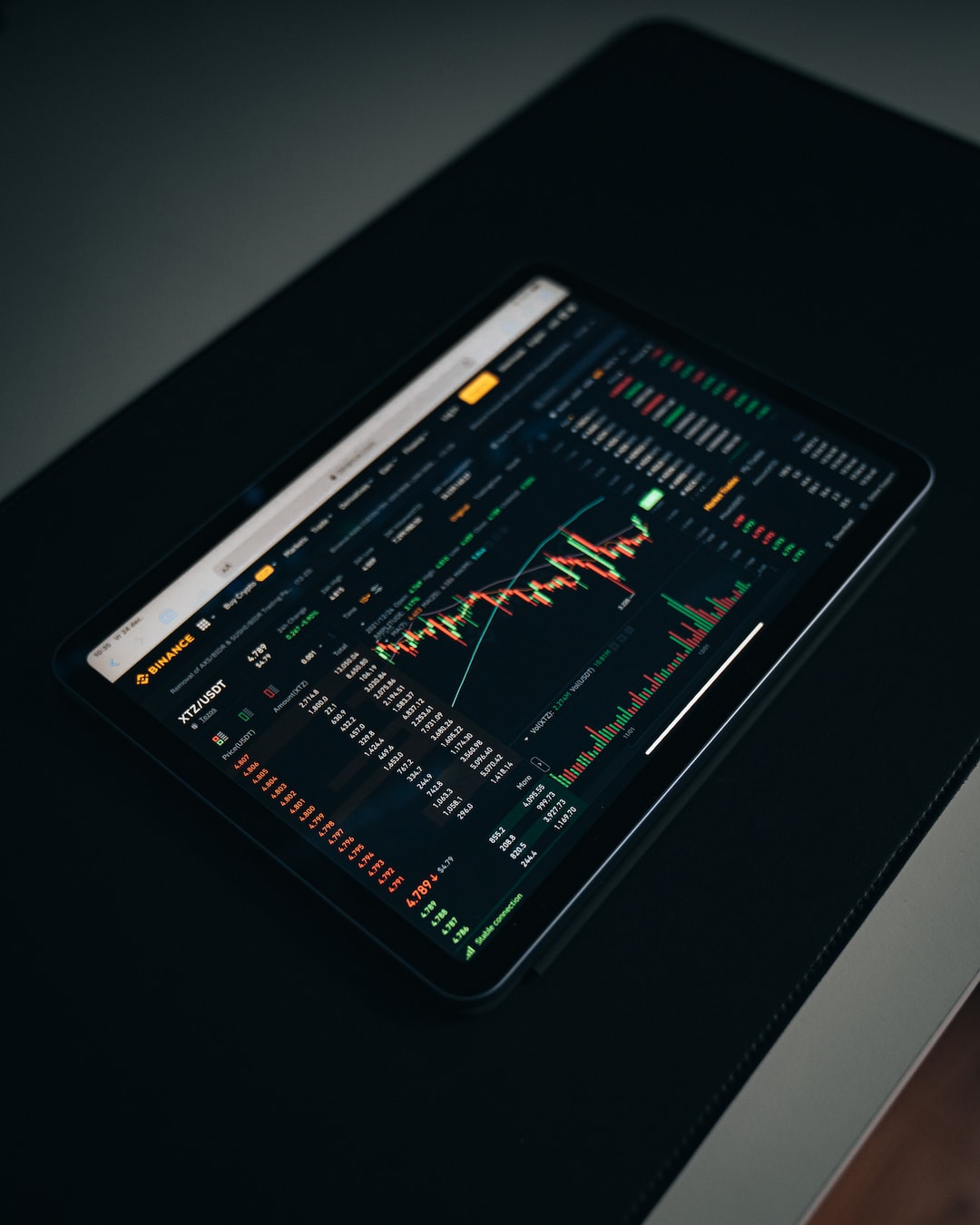Forex trading is the largest financial market in the world, with over $5 trillion traded daily. It is a decentralized market where currencies are bought and sold based on their exchange rates. Despite the massive size and complexity of the forex market, there is no volume indicator available to traders. This raises the question, why is there no volume indicator for forex?
Before we delve into the reasons why there is no volume indicator for forex, we need to understand what volume is and how it works in financial markets. In simple terms, volume refers to the number of shares, contracts or lots traded in a particular market over a given period of time. For example, if 1 million shares of a company are traded in a day, the volume for that day is 1 million shares.
Volume is an important indicator in financial markets because it provides insights into the strength of the trend, the level of participation, and the overall sentiment of the market. In stock markets, for instance, high volume is often seen as a confirmation of a trend, while low volume is seen as a sign of weakness or indecision.
However, in the forex market, there is no central exchange, and all trading is done over-the-counter (OTC). This means that there is no centralized data source for volume, and therefore, no reliable way of measuring it. In forex trading, volume is often estimated based on the number of ticks, or changes in price, but this is not a reliable measure.
Another reason why there is no volume indicator for forex is that the market is highly fragmented. Unlike the stock market where a few large companies dominate the market, the forex market is made up of thousands of banks, brokers, and other financial institutions. This fragmentation makes it difficult to track the volume of trades across the market.
Furthermore, the forex market operates 24 hours a day, five days a week, across different time zones. This makes it challenging to track the volume of trades in real-time. Additionally, the forex market is highly liquid, with trillions of dollars traded daily. This means that even small fluctuations in volume can have a significant impact on currency prices.
Despite the absence of a volume indicator, there are other tools that forex traders can use to analyze the market. One of the most popular is the Relative Strength Index (RSI), which measures the strength of a trend based on price movements.
Another tool that forex traders use is the Moving Average (MA), which tracks the average price of a currency over a given period of time. This can provide insights into the direction of the trend and help traders make informed decisions.
In conclusion, the absence of a volume indicator for forex is due to the decentralized and fragmented nature of the market. While volume is an important indicator in financial markets, it is not a reliable measure in the forex market. However, there are other tools that forex traders can use to analyze the market and make informed decisions.






